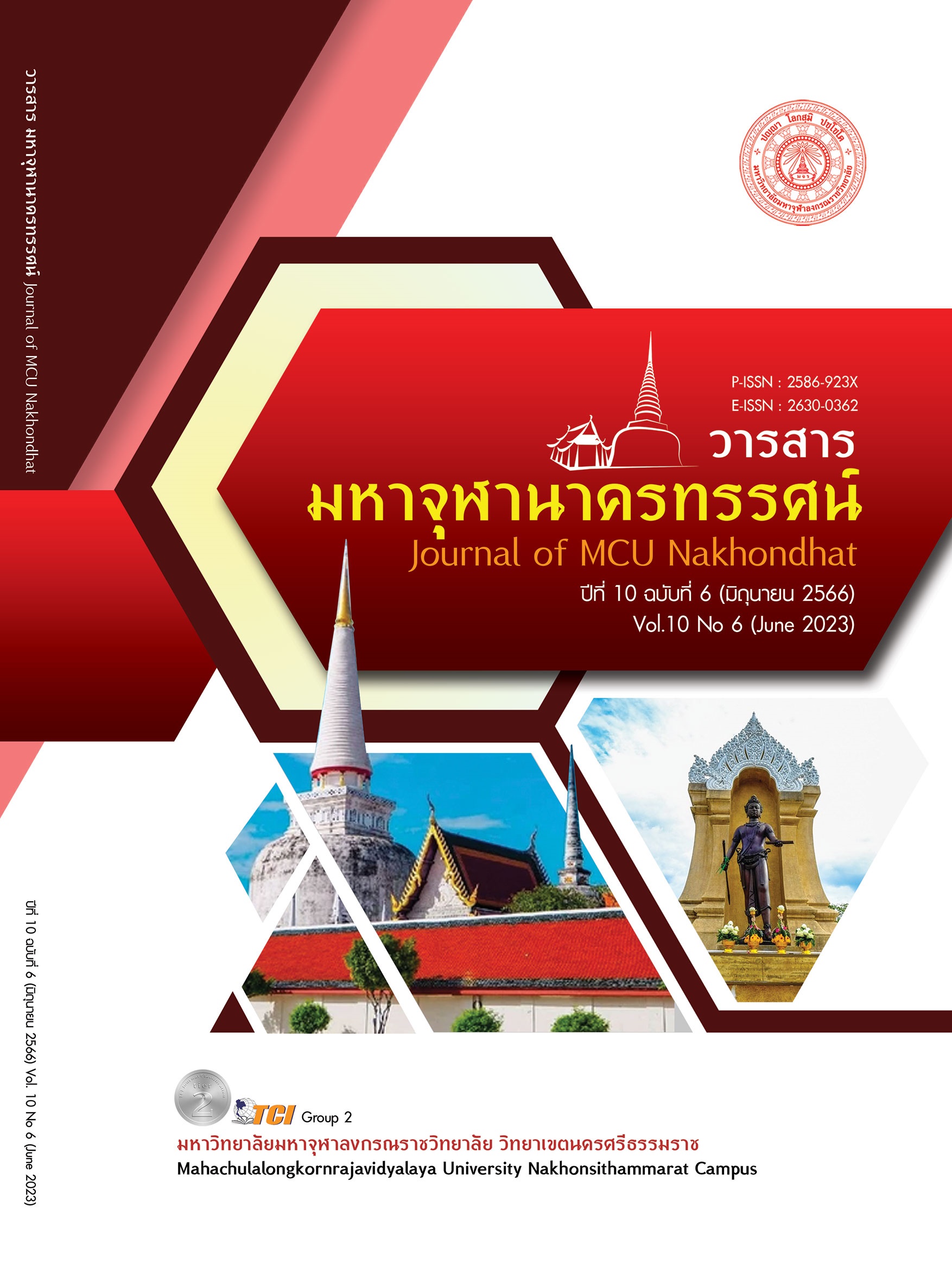THE DEVELOPMENT OF CARE MODEL FOR STROKE PATIENTS WITH DYSPHAGIA, CHUMPHON KHET UDOMSAKDI HOSPITAL, CHUMPHON PROVINCE
Main Article Content
Abstract
This research and development the objective were to develop a model and evaluate the use of a care model for stroke patients with dysphagia. Sample specifically selected, there are 4 groups : 7 person developed the model, 12 nurses who use the model,72 patients and 72 caregiver. Develop the pattern according to the clinical practice guidelines for dysphagia patient of the medical department. In collaboration with 7 Aspects of care and discharge planning. The tool used in this research were observation, focus group, model of care for stroke patients with dysphagia, assessment form nurse opinion on the use of the model, knowledge test and practice assessment form of nurse, knowledge test and practice assessment form of caregiver, assessment level of swallowing ability, record about aspirate pneumonia. The data were analysis using frequency distribution, percentage, mean, and standard deviation. Paired t – test and qualitative data analysis. The results showed that the pattern users commented that the pattern developed with a probability of 95.77%. Patients had improved swallowing ability by week 1, 2, 4, 8, 12 have a number 6.94,31.94,54.17,68.06,70.83 % respectively and no aspirate pneumonia. Nurse have more knowledge and practice with statistical significance at the lavel of 0.05. caregiver have more knowledge and practice with statistical significance at the lavel of 0.05. The research results suggest that care of patients with dysphagia requires a developed model that will benefit the patient quality of life.
Article Details

This work is licensed under a Creative Commons Attribution-NonCommercial-NoDerivatives 4.0 International License.
References
กรมการแพทย์ กระทรวงสาธารณสุข. (2562). แนวทางเวชปฏิบัติสำหรับผู้ที่มีภาวะกลืนลำบาก. นนทบุรี: สหมิตรพริ้นติ้งแอนด์พับลิชชิ่ง จำกัด.
กรมควบคุมโรค. (2565). วันหลอดเลือดสมองโลก. เรียกใช้เมื่อ 30 ตุลาคม 2565 จาก http://pr.moph.go.th>print>print
กิตติยา วงษ์ขันธ์. (2561). รูปแบบการวิจัยและพัฒนา(R&D)และรูปแบบการวิจัยเชิงปฏิบัติการแบบมีส่วนร่วม(PAR). ใน เอกสารการประชุมนักวิจัยรุ่นใหม่ลูกไก่รุ่นที่ 1. มหาวิทยาลัยอุบลราชธานี.
คณะแพทย์ศาสตร์ ศิริราชพยาบาล. (2563). ศูนย์โรคหลอดเลือดสมองศิริราช. เรียกใช้เมื่อ 30 ตุลาคม 2565 จาก http://www.si.mahidol.ac.th>history
ดวงใจ บุญคง และคณะ. (2562). การส่งเสริมการกลืนอย่างปลอดภัยในผู้ป่วยโรคหลอดเลือดสมองที่มีภาวะกลืนลำบาก: บทบาทที่ท้าทายสำหรับพยาบาล. วารสารวิทยาลัยพยาบาลบรมราชชนนีกรุงเทพ, 35(1), 13 – 21.
นิตินาถ วงษ์ตระหง่าน. (2561). ผลการใช้แนวทางการคัดกรองภาวะกลืนลำบากในผู้ป่วยโรคหลอดเลือดสมองโรงพยาบาลประสาทเชียงใหม่. เรียกใช้เมื่อ 1 ตุลาคม 2564 จาก http://www.cmneuro.go.th
ภัทรา วัฒนพันธุ์. (2562). การฟื้นฟูสภาพการกลืน. ขอนแก่น: โรงพิมพ์คลังนานาวิทยา.
รุ่งนิภา จ่างทอง. (2564). การพยาบาลผู้ป่วยโรคหลอดเลือดสมองที่มีภาวะกลืนลำบาก. วารสารวิทยาลัยพยาบาลบรมราชชนนีสุพรรณบุรี, 4(1), 55-73.
โรงพยาบาลชุมพรเขตรอุดมศักดิ์. (2564). สถิติผู้ป่วยโรคหลอดเลือดสมอง. ใน รายงานการประชุมผู้ป่วยโรคหลอดเลือดสมอง. โรงพยาบาลชุมพรเขตรอุดมศักดิ์.
วชิราภรณ์ เรืองเดช และคณะ. (2563). ผลของโปรแกรมการจัดการรายกรณีต่อคุณภาพชีวิตและความสามารถในการทำหน้าที่ของผู้สูงอายุโรคหลอดเลือดสมองที่มีภาวะพึ่งพิงในกรุงเทพมหานคร. วารสารพยาบาลสาธารณสุข, 34(1), 112-126.
สำนักการพยาบาล. (2551). มาตรฐานการพยาบาลในโรงพยาบาล. นนทบุรี: โรงพิมพ์องค์การสงเคราะห์ทหารผ่านศึก.
อริญาพร จันทราศิลธุ์. (2560). การสนับสนุนทางสังคมในการดูแลผู้ป่วยโรคหลอดเลือดสมอง กรณีศึกษาโรงพยาบาลนครนายก. ใน วิทยานิพนธ์สังคมสงเคราะห์ศาสตรมหาบัณฑิต สาขาการบริหารและนโยบายสวัสดิการสังคม. มหาวิทยาลัยธรรมศาสตร์.
Ebrahiem, E.et al. (2018). Effect of swallowing training program on dysphagia following cerebrovascular stroke. Egyptian Nursing Journal, 15(1), 125-134.
Hellden, J.et al. (2018). Experiences of living with persisting post strokedysphagia and of dysphagia management a qualitative study. International journal of qualitative student , 13(1), 1-9.
Malhi, H. (2016). Dyphagia: warning signs and management. British Journal of Nuring, 25(10),546-549.


